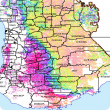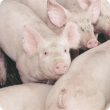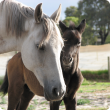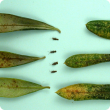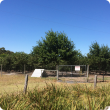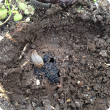Filter by regions:
- Great Southern (275) Apply Great Southern filter
- South West (267) Apply South West filter
- Mid West (259) Apply Mid West filter
- Peel (232) Apply Peel filter
- Wheatbelt (232) Apply Wheatbelt filter
- Perth regions (216) Apply Perth regions filter
- Goldfields-Esperance (199) Apply Goldfields-Esperance filter
- Gascoyne (174) Apply Gascoyne filter
- Kimberley (140) Apply Kimberley filter
- Pilbara (136) Apply Pilbara filter

